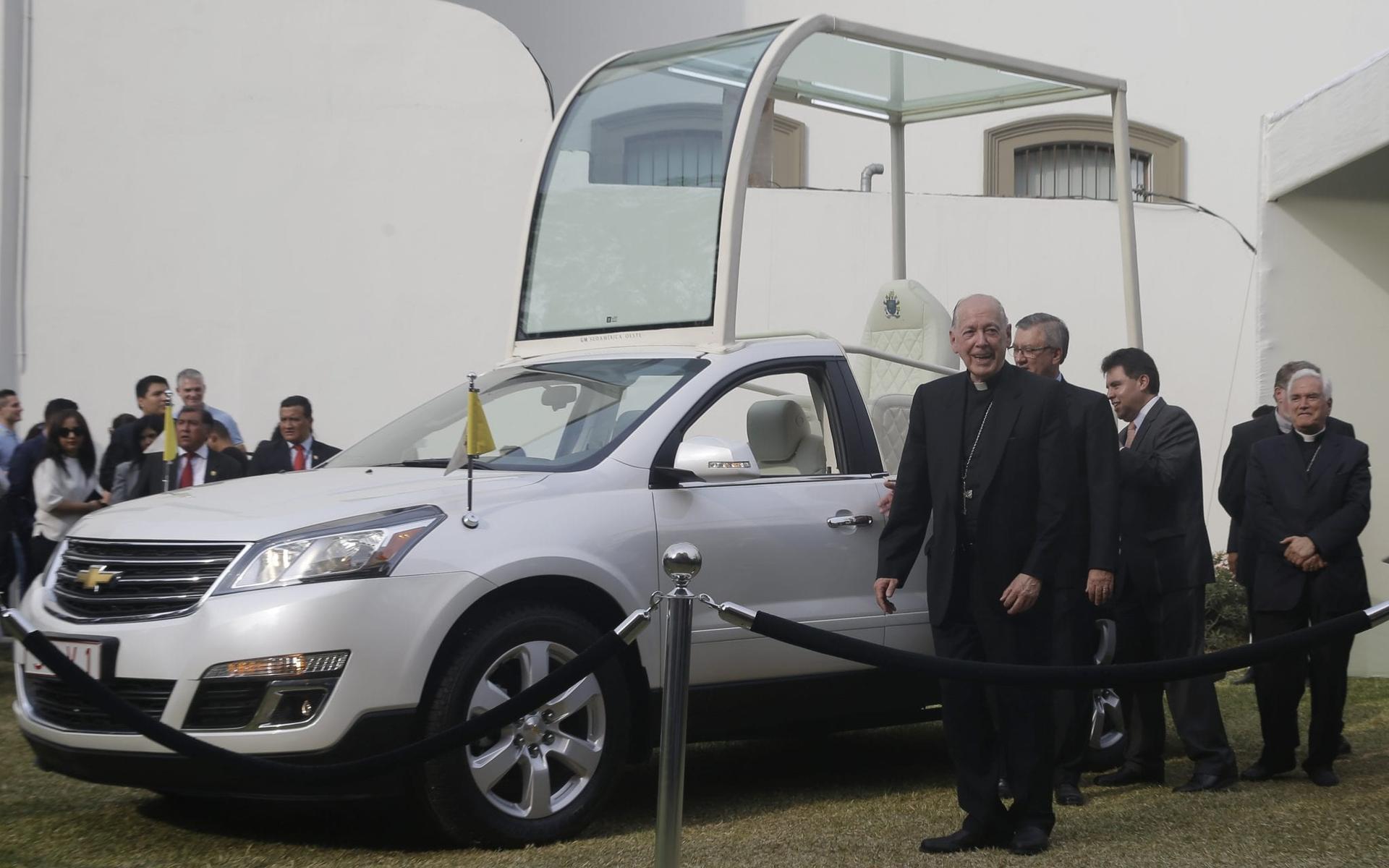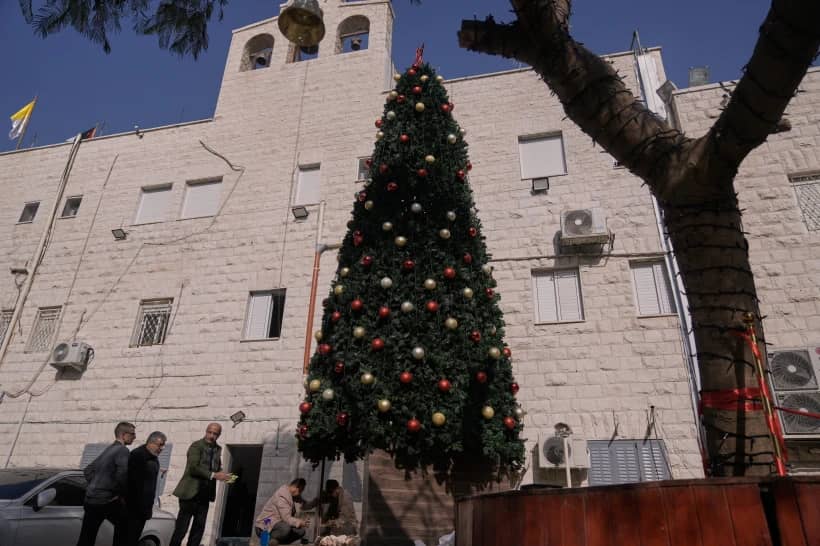ROME – Pity poor Peru. Last January Pope Francis visited the country, yet no one paid any attention because his earlier stop in neighboring Chile, with its massive clerical abuse scandals and the pope’s maladroit response that incensed survivors and critics worldwide, completely overshadowed it.
Now a year later, Francis has delivered one of his most important episcopal appointments anywhere in the world in Peru, and once again it’s like a tree falling in the forest with no one to hear. Just like last time, the pontiff is stealing the show in another Latin American nation, this time Panama for World Youth Day, and to the extent anyone has the attention span to absorb other Catholic news, it’s focused on the abuse scandals in the run-up to Francis’s summit for presidents of bishops’ conferences on the subject next month.
Peru, it would seem, just can’t catch a break in terms of public attention.
Yet what Francis did on Friday by replacing Cardinal Juan Luis Cipriani of Lima, who’d barely turned 75 (the normal retirement age for bishops), with Father Carlos Castillo Mattasoglio, a diocesan priest of Lima, ranks right up there with the nominations of Blase Cupich in Chicago, Carlos Aguiar Retes in Mexico City and Matteo Zuppi in Bologna as game-changing moves by a pope determined to impose a more progressive, “spirit of Vatican II” stamp on the world’s corps of bishops.
In each of those previous cases, Francis named a moderate-to-progressive to replace a leader of the Church’s conservative wing: the late Francis George in Chicago (who died in 2015) and Carlo Caffara in Bologna (2017), along with Cardinal Norberto Rivera Carrera of Mexico City, who’s still going strong in retirement at 76. All three men were perceived as solidly “John Paul II-Benedict” bishops, committed to a muscular evangelical reassertion of Catholic identity vis-à-vis secularism, and all three were leery to varying degrees of some of the new currents in the Church that had surfaced in the wake of the Second Vatican Council (1962-65).
By moving in a different direction, Francis sent signals that the Catholic Church is under new management, once again, in the eyes of the pope’s fans, taking up the path of aggiornamento (“updating”) marked out by St. John XXIII and the council.
Pari passu, the same thing can be said of the transition in Lima from Cipriani to Mattasoglio, only arguably in even more concentrated and crystal-clear form.
For decades, Cipriani, a member of Opus Dei, has been among Latin American Catholicism’s most stalwart critics of liberation theology, the post-Vatican II current that sought to place the Church on the side of the poor in struggles for social change. Opponents saw it, especially at the peak of the battles in the 1980s and 1990s, as a thinly veiled effort to sprinkle holy water on Marxist social analysis.
Cipriani played a leading role in attempts to rein in Father Gustavo Gutierrez, a Peruvian theologian often styled as the “father” of liberation theology because his 1971 book Teología de la liberación gave the movement its name. Despite various reviews of Gutierrez’s work both by the Peruvian bishops and by the Vatican’s Congregation for the Doctrine of the Faith – often instigated by Cipriani – he was never accused of doctrinal error, and especially under his personal friend, German Cardinal Gerhard Müller, former prefect of the CDF under Francis, Gutierrez has enjoyed a more or less complete rehabilitation.
However, the tensions with Cipriani in Lima were sufficiently unpleasant to help induce Gutierrez to join the Dominicans instead, finding there a more congenial and receptive environment for the kinds of teaching, preaching and research he wanted to do.
Mattasoglio, it should be said, calls himself a “student” of Gutierrez and has referred to the “preferential option for the poor,” the signature phrase associated with liberation theology, as “irrevocable.” The new archbishop’s official biography notes that he first met Gutierrez when he entered Peru’s National Union of Catholic Students in the late 1960s, and that the two developed a “lasting friendship.”
Also strikingly, Mattasoglio’s background is as a professor of theology at the Pontifical Catholic University in Peru, where Cipriani has fought titanic battles over the years to attempt to exercise tighter ecclesiastical control and to enforce a more pervasive sense of Catholic identity. Specific issues have included a gay student group being permitted to take part in campus events, and a university survey concluding that most Lima residents believe couples should live together before marrying and a woman need not remain a virgin until marriage.
Eventually the wrangling between Cipriani and the university became so intense that Francis was compelled to dispatch an apostolic visitor, Hungarian Cardinal Péter Erdő, to try to calm the waters, and even that mission produced only mixed results.
By selecting a theologian from the university faculty to take Cipriani’s job, Francis would appear to have made a fairly clear statement about which side in that dispute enjoys his sympathy.
In a sense, Cipriani is used to not getting his way – he was defeated at least four times as a candidate for president of the Peruvian bishops’ conference, in a country with the highest number of prelates linked to Opus Dei in the world. Yet it’s still fairly unusual to see a cardinal’s legacy disassembled in real time quite like this, especially one who has been in charge of his archdiocese for almost 20 years.
Given the staying power of bishops, Lima’s new management could exercise influence even well beyond the shelf life of the papacy in which it rose to power.
For Americans of a certain age, all this will feel eerily reminiscent of the era of Archbishop Jean Jadot, who served as the pope’s man in America from 1973 to 1980, mostly under St. Paul VI, and who shaped an entire generation of moderate-to-progressive bishops such as Raymond Hunthausen in Seattle, John Quinn in San Francisco and Rembert Weakland in Milwaukee. The same kinds of prelates are being tapped today, suggesting that one way for Americans to grasp what’s happening is that “Jean Jadot is alive and well and living in Lima.”
If only, that is, Peru could get anyone to notice.

















